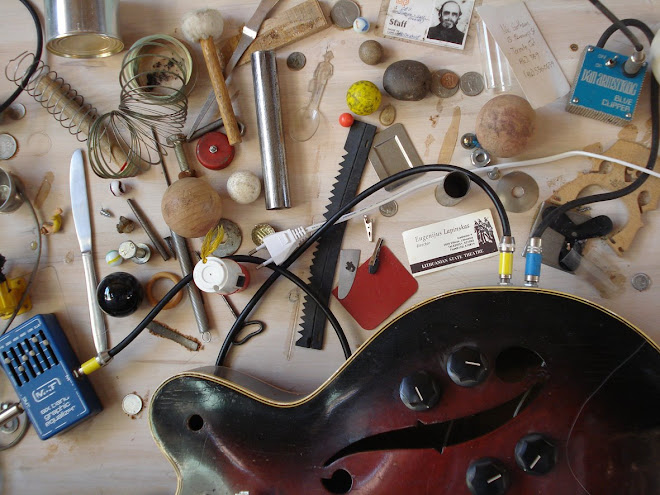
The BBC's Radiophonic Workshop was set up in 1958, born out of a desire to create 'new kinds of sounds'. Alchemists of Sound looks at this creative group from its inception, through its golden age when it was supplying music and effects for cult classics like Doctor Who, Blake's Seven and Hitchhiker's Guide To The Galaxy, and charts its fading away in 1995 when, due to budget cuts, it was no longer able to survive.
For the full documentary click here...
There are interviews with composers from the Workshop, as well as musicians and writers who have been inspired by the output. Great archive footage of the Workshop and its machinery is accompanied by excerpts of the, now cult, TV programmes that featured these sounds.






